Pet separation anxiety is a growing concern among pet owners in Singapore. As our furry friends increasingly become part of our families, the emotional challenges they face when we're not around are gaining recognition. Recent news highlights a noteworthy trend: some pets in Singapore are now receiving psychiatric medications to manage their separation anxiety. In this blog, let's explore the latest developments in this field, help you recognize the signs of separation anxiety in your pets, and offer practical solutions to alleviate their distress!
Latest News on Pet Separation Anxiety in Singapore
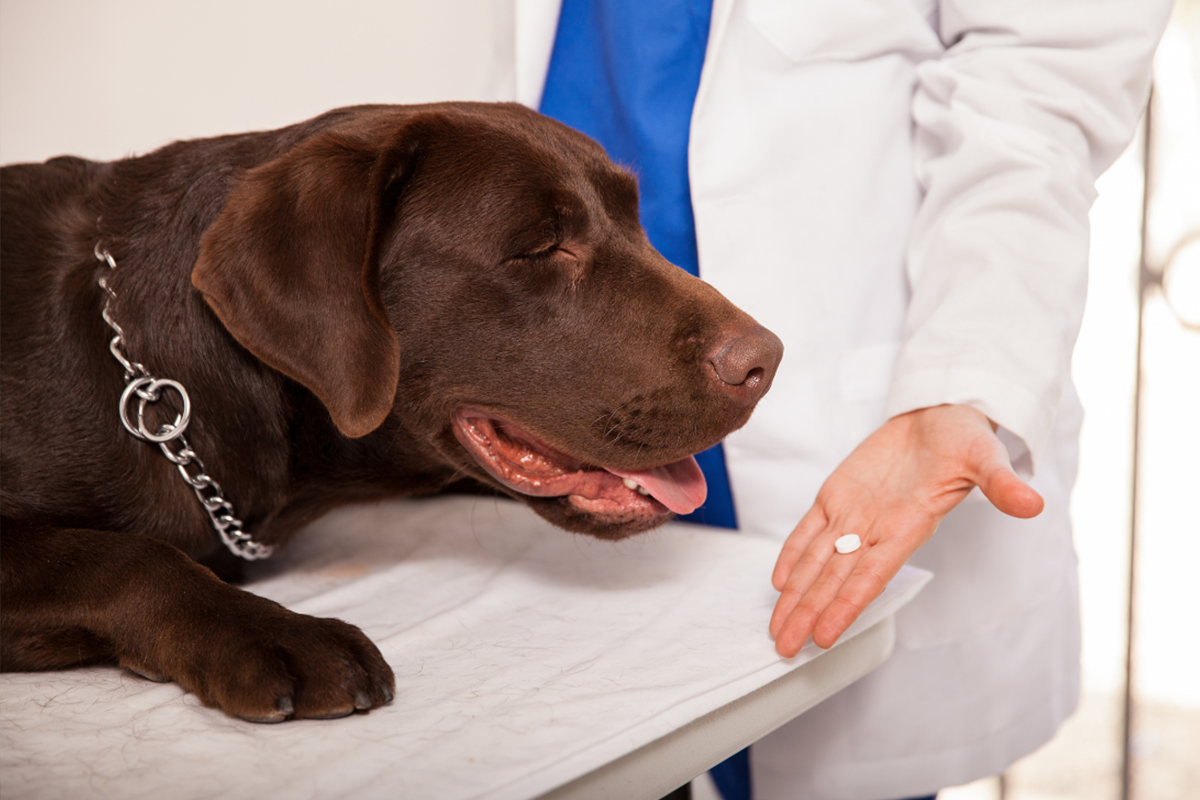
The trend of prescribing psychiatric medications for pets has seen a rise, with veterinarians in Singapore increasingly turning to these treatments for severe cases of separation anxiety. This shift mirrors a broader trend observed in countries like the United States, where medications such as anti-depressants and anti-anxiety drugs have become more common for pets.
Dr. Brian Loon, a principal veterinary surgeon at The Amber Vet, notes that the COVID-19 pandemic has exacerbated separation anxiety, as pets accustomed to constant human presence struggle when left alone. Similarly, Dr. Grace Heng from The Joyous Vet explains that medications, while not a quick fix, can lead to significant improvements in pets' quality of life when administered correctly. However, Dr. Heng emphasizes the importance of not self-medicating pets and the need for a thorough veterinary assessment before considering any medication.
Learn more here: https://www.channelnewsasia.com/singapore/pets-dogs-medicine-vets-psychiatric-anxiety-4475321
Recognizing Signs of Separation Anxiety in Pets
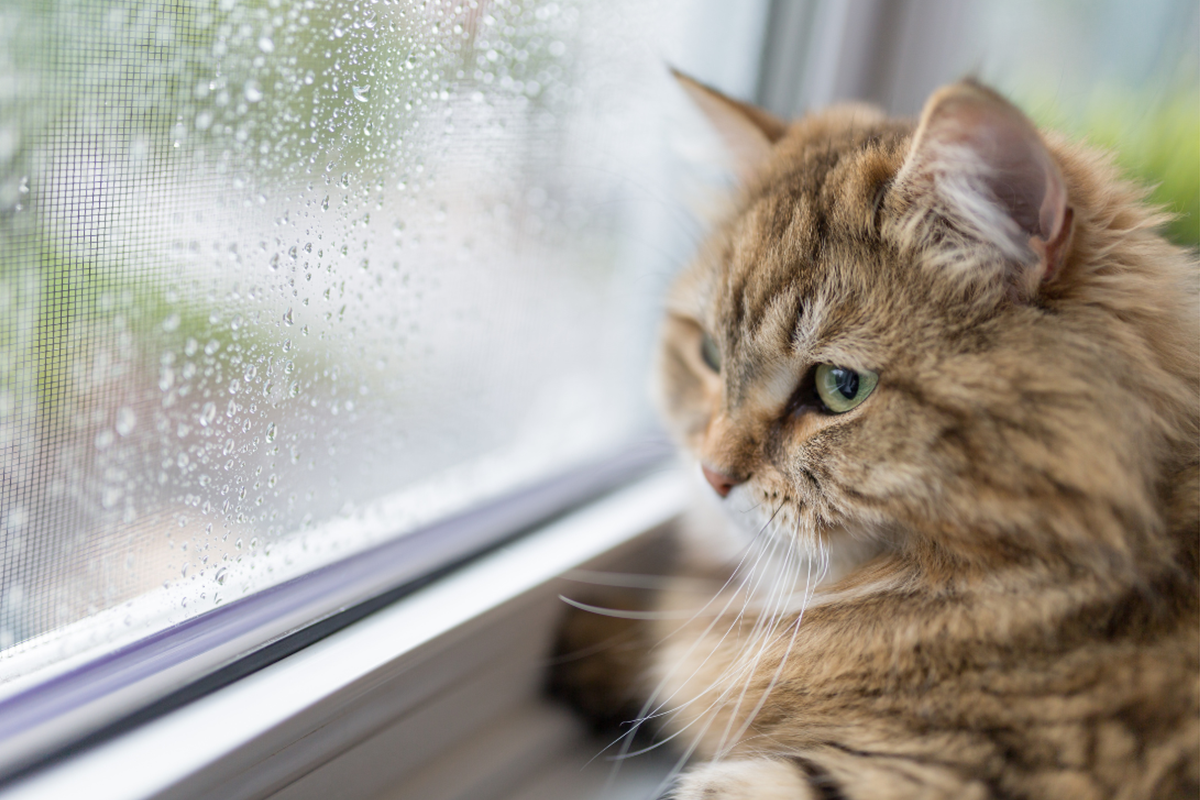
Understanding the signs of separation anxiety can help you address the issue effectively. Here’s a closer look at the behavioral and emotional indicators of separation anxiety in pets:
Behavioral Indicators
- Excessive Barking or Howling:
Pets with separation anxiety often vocalize excessively when left alone. This can include persistent barking, howling, or whining, even when there are no apparent triggers. These vocalizations are a cry for help and a way of expressing their distress. - Destructive Behavior:
Destruction of household items is a significant sign of separation anxiety. This behavior might include chewing furniture, scratching doors, or digging holes. Pets may engage in these destructive activities in an attempt to escape or alleviate their anxiety. - Frequent Urination or Defecation:
Pets suffering from separation anxiety may have accidents in the house, even if they are typically well-trained. These accidents often occur in areas where the pet has previously marked their territory, highlighting their stress and lack of control. - Pacing and Drooling:
Restlessness is a common symptom of separation anxiety. Pets may pace back and forth or exhibit excessive drooling or panting while alone. This restlessness is a sign of their discomfort and agitation. - Extreme Clinginess:
Anxiety can lead to obsessive clinginess. Pets may follow their owners around obsessively, displaying distress and panic when their owners prepare to leave. This clinginess is a manifestation of their fear of being alone.
Emotional Responses
- Visible Distress When Owners Leave:
Pets with separation anxiety may show visible signs of distress when their owners leave. This can include hiding, cowering, or showing signs of fear. Their emotional state becomes apparent through their physical reactions to being alone. - Exaggerated Reactions Upon Return:
When the owner returns, pets with separation anxiety might display exaggerated joy or anxiety. They may jump, bark excessively, or have difficulty settling down. This reaction reflects their relief at the owner’s return and their heightened emotional state.
What Not to Do When Dealing with Separation Anxiety
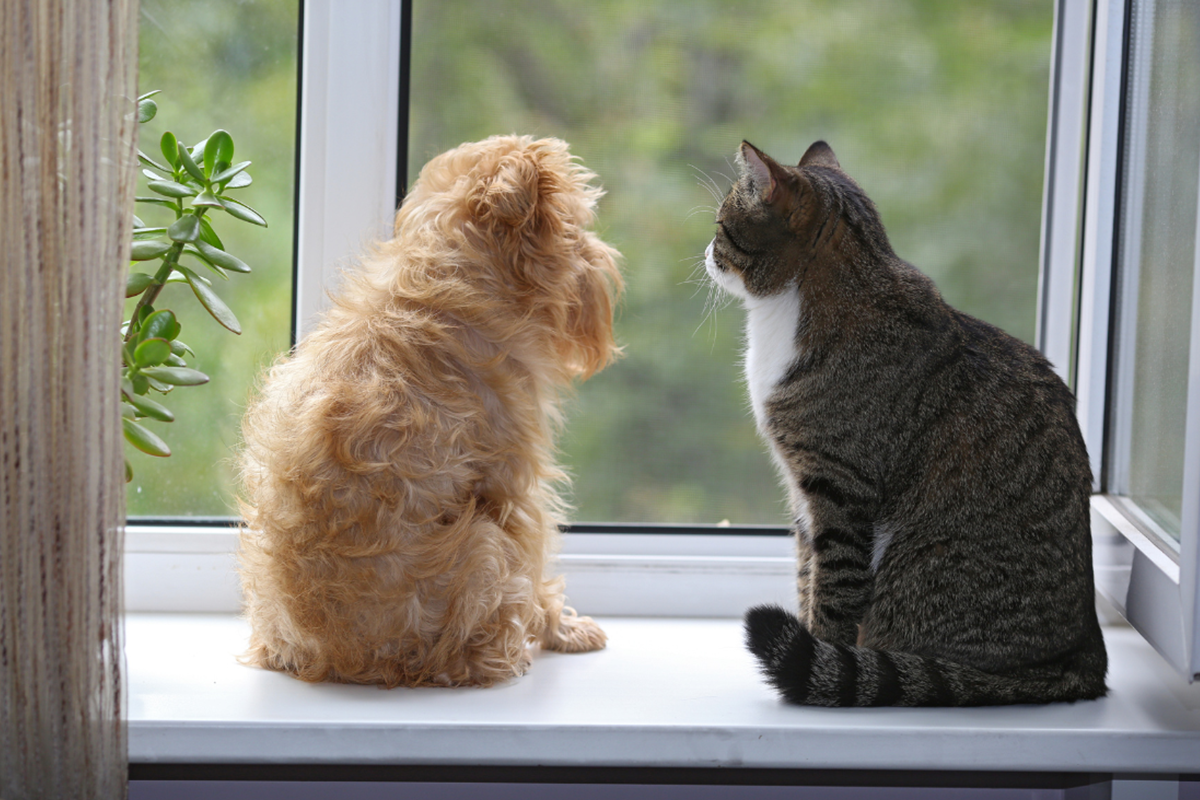
Avoid Common Mistakes
1. Punishment:
- Scolding or punishing a pet for exhibiting anxious behaviors can significantly increase their stress. Separation anxiety is not a result of misbehavior, defiance, or spite; it's a genuine emotional condition. Punishment can damage the trust between the pet and owner, making the anxiety worse.
2. Inconsistency:
- Inconsistent routines or training can heighten anxiety in pets. Animals, especially those with separation anxiety, thrive on predictability and routine. Changes in their environment or daily schedule can exacerbate their stress and make it harder for them to adjust.
3. Ignoring Gradual Desensitization:
- Skipping gradual exposure and enrichment can hinder progress in treating separation anxiety. Pets need to gradually adapt to being alone, and rushing this process can lead to setbacks.
4. Misunderstanding Separation Anxiety
- Treating separation anxiety as mere misbehavior or a sign of a spoiled pet can lead to inadequate care and increased distress. It’s important to recognize that separation anxiety is a serious and complex condition that requires proper intervention.
Tips for Overcoming Separation Anxiety in Pets
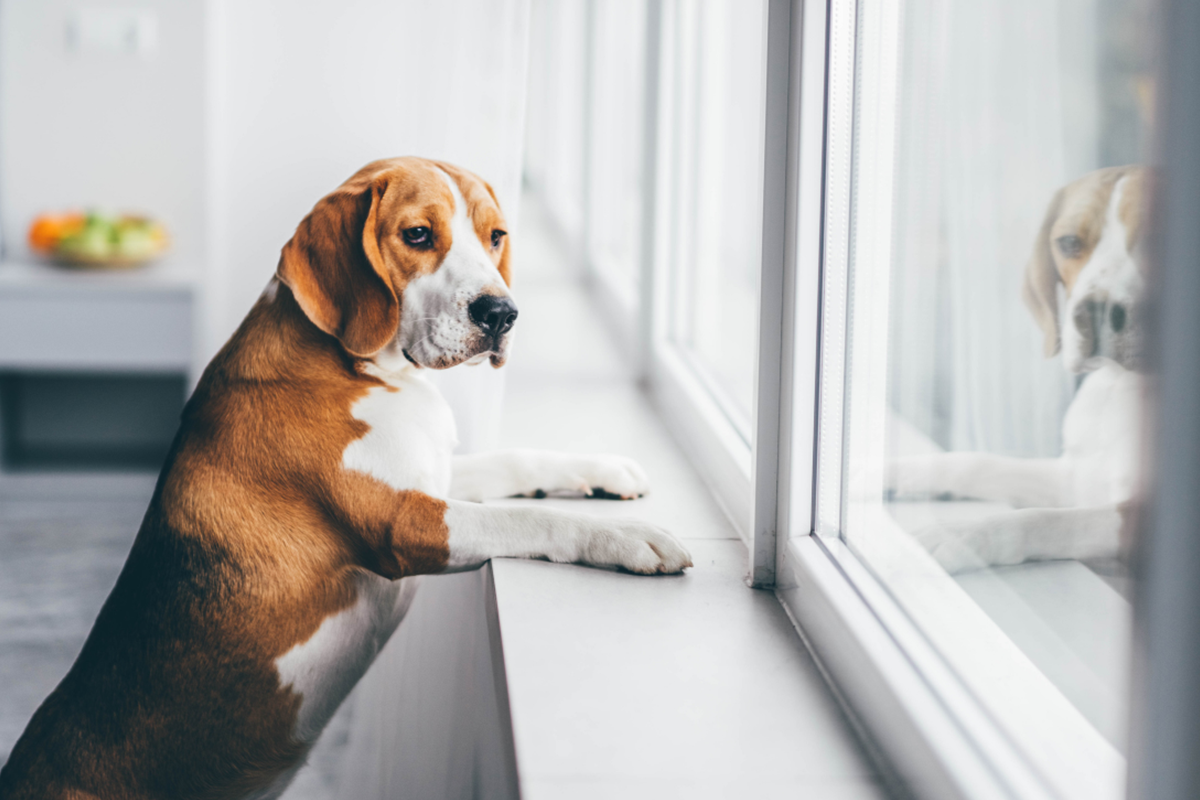
Gradual Desensitization
1. Short Departures:
- How to Implement: Start by leaving your pet alone for very short periods, such as a few minutes, and gradually extend the time as your pet becomes more comfortable. This helps your pet get used to the idea of you being away without experiencing overwhelming anxiety.
- What to Watch For: Monitor your pet's reaction during these short absences. If they remain calm, slowly increase the duration. If anxiety increases, reduce the time and proceed more gradually.
2. Positive Reinforcement:
- How to Implement: Reward your pet with treats, praise, or playtime when they stay calm during your departures and arrivals. This reinforces the behavior you want to see and helps your pet associate your leaving and returning with positive experiences.
- What to Watch For: Ensure rewards are given immediately upon return and are consistent to reinforce the desired behavior effectively.
Interactive Solutions
1. Pet Cameras:
- How to Implement: Use pet cameras equipped with two-way communication features to monitor and interact with your pet remotely. This can provide reassurance to both you and your pet, allowing you to check in and even talk to them while you’re away. Pet cameras like SMARTPAWBurpurr Pet Camera Eyepet3, Skymee Owl Robot Pet Camera & Pet Treats Dispenser, & Skymee Petalk AI II Pet Camera Automatic Pet Treats Dispenser are great options!
- What to Watch For: Ensure the camera’s quality is good enough for clear interaction and that the features meet your needs for communication and monitoring.
2. Interactive Toys:
- How to Implement: Provide toys that stimulate your pet mentally and physically. Options like the Wickedball Interactive Dog Toy PE/SE, Wickedbone - Smart & Interactive Dog Chewing Toy, & Cheerble Mini WickedBall Interactive Cat Toy can keep your pet engaged and reduce feelings of boredom and anxiety when they are alone.
- What to Watch For: Choose toys that are durable and safe for your pet. Observe how your pet interacts with the toys to ensure they are effectively reducing anxiety.
Environmental Enrichment
1. Right Environment:
- How to Implement: Create an environment that would be comfortable for them like having resting areas such as a comfortable bed: Petslumber Cloud Cat Bed. And don't forget to provide them with enough food and clean water. Consider options like Smartpaw Wireless Pet Water Fountain Gen 2, PETKIT Pet Water Fountain Gen 6, & Petree Automatic Pet Water Fountain Dispenser for clean water and SMARTPAW Ultimate Smart Pet Feeder Gen 3, SMARTPAW Premium Smart Pet Feeder Gen 3, & SMARTPAW Basic Pet Feeder Gen 3 to make sure your pet doesn't skip a meal even if you're not around. Make sure they also have a proper place to urinate & defecate. For cats, we recommend an automatic cat litter box like Neakasa M1 Open-Top Self-Cleaning Automatic Cat Litter Box, PETREE Automatic Cat Litter Box Gen 2, & PETREE Automatic Cat Litter Box Gen 1 WiFi Model!
- What to Watch For: Ensure the environment is safe and that the toys are appropriate for your pet’s age and size. Regularly rotate toys to maintain interest. Make sure all their basic needs are met.
2. Routine and Consistency:
- How to Implement: Maintain a consistent daily routine for feeding, exercise, and playtime. Predictability helps reduce anxiety by creating a sense of stability and security.
- What to Watch For: Stick to the routine as closely as possible, including weekends and holidays, to avoid disrupting your pet’s sense of stability.
Professional Help
1. Veterinary Advice:
- How to Implement: Consult your veterinarian for a thorough assessment of your pet’s separation anxiety. They can help identify the severity of the condition and recommend appropriate treatments or therapies.
- What to Watch For: If necessary, ask for referrals to animal behaviorists or trainers specializing in separation anxiety. Follow their guidance on behavioral therapy and any prescribed medications if needed - as said to the latest news in Singapore earlier.
Conclusion
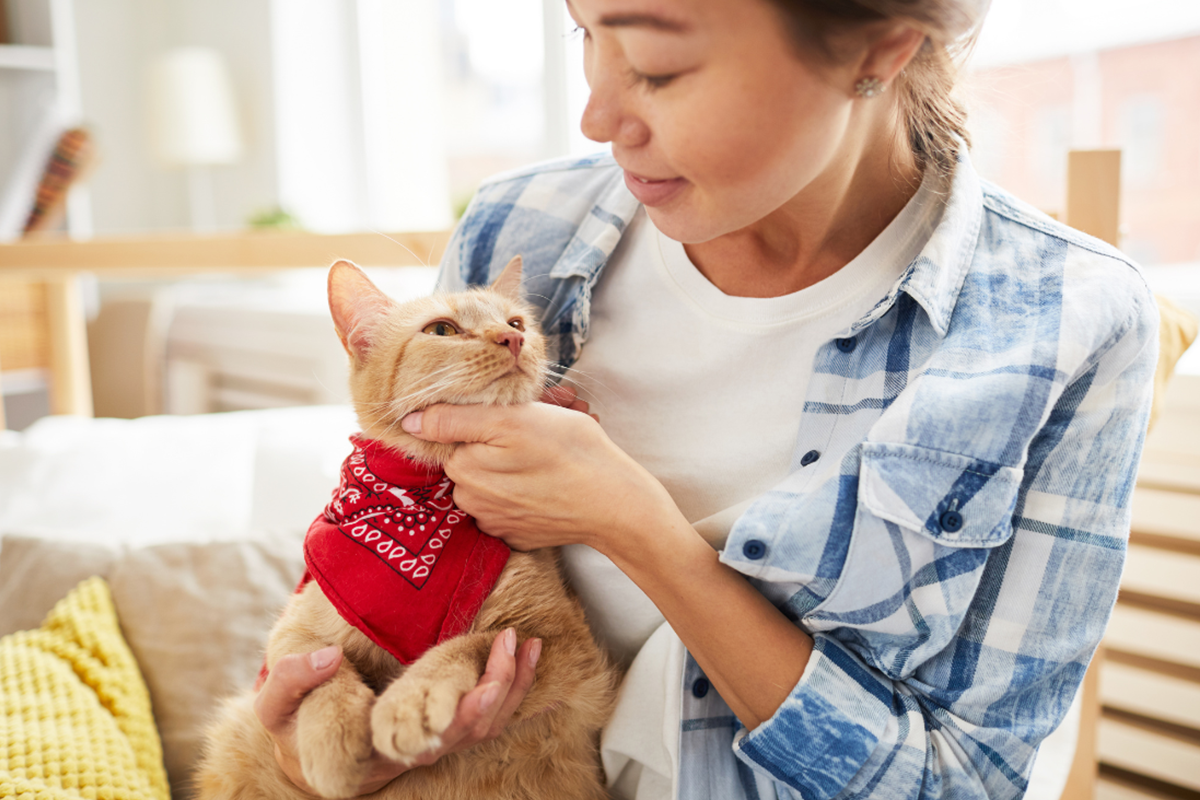
Addressing separation anxiety is crucial for your pet's well-being. By recognizing the signs and implementing effective strategies and solutions, including the use of interactive products and maintaining a consistent routine, you can significantly improve your pet's quality of life. Remember, proactive measures and professional guidance are key to managing this challenging condition!
We encourage you to share your experiences and suggestions in the comments to help others in the community support their pets better, we would also love to read them!
Sign up to our newsletter down below & follow us on Instagram @sgsmartpaw to stay up to date with our blog articles!

Rose Hazel San Diego
Hazel loves pets & she has owned cats, dogs, & even hedgehogs! She also fosters cats & dogs in need around her area. With her social media & copywriting background, she gladly shares her knowledge of pets through these articles!
Most Recent Articles
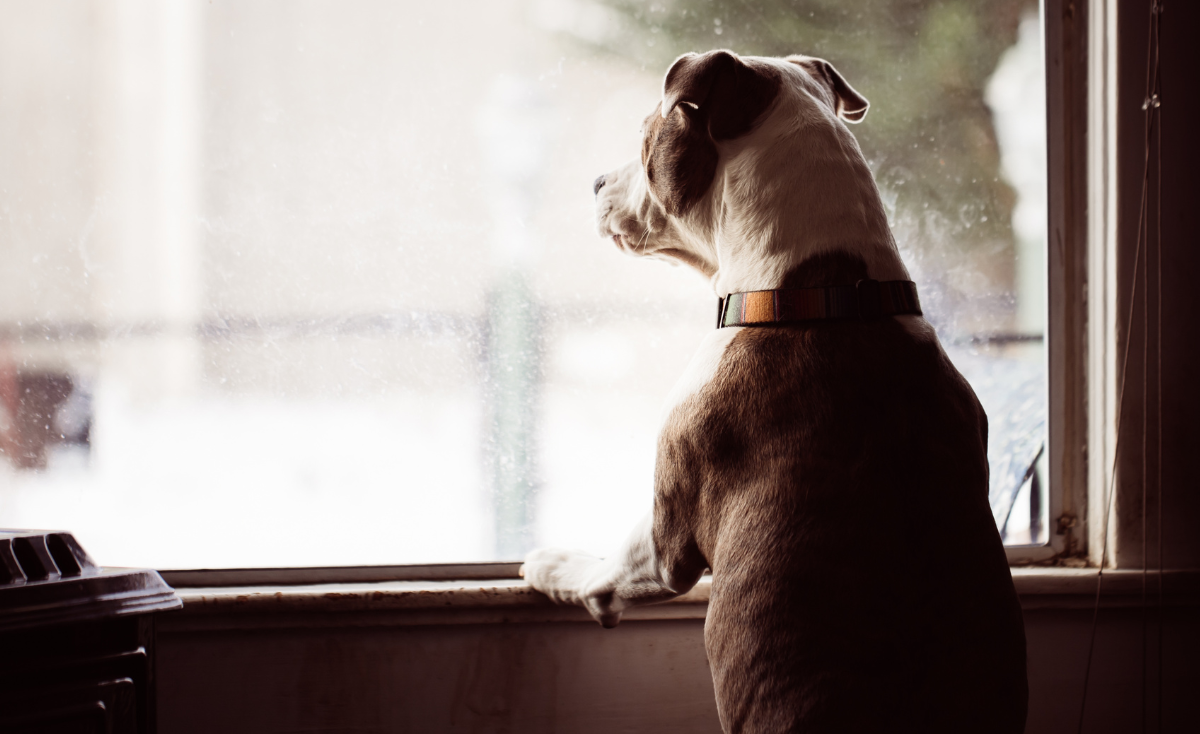
Are Your Windows & Balconies Safe? Protecting Pets from the Rising High-Rise Risks in Singapore
Since 1 September 2024, Singapore’s pet-safety landscape has changed — and not just a little. With more pawrents living in HDB flats and condos, our pets share our stunning city views… but also the...
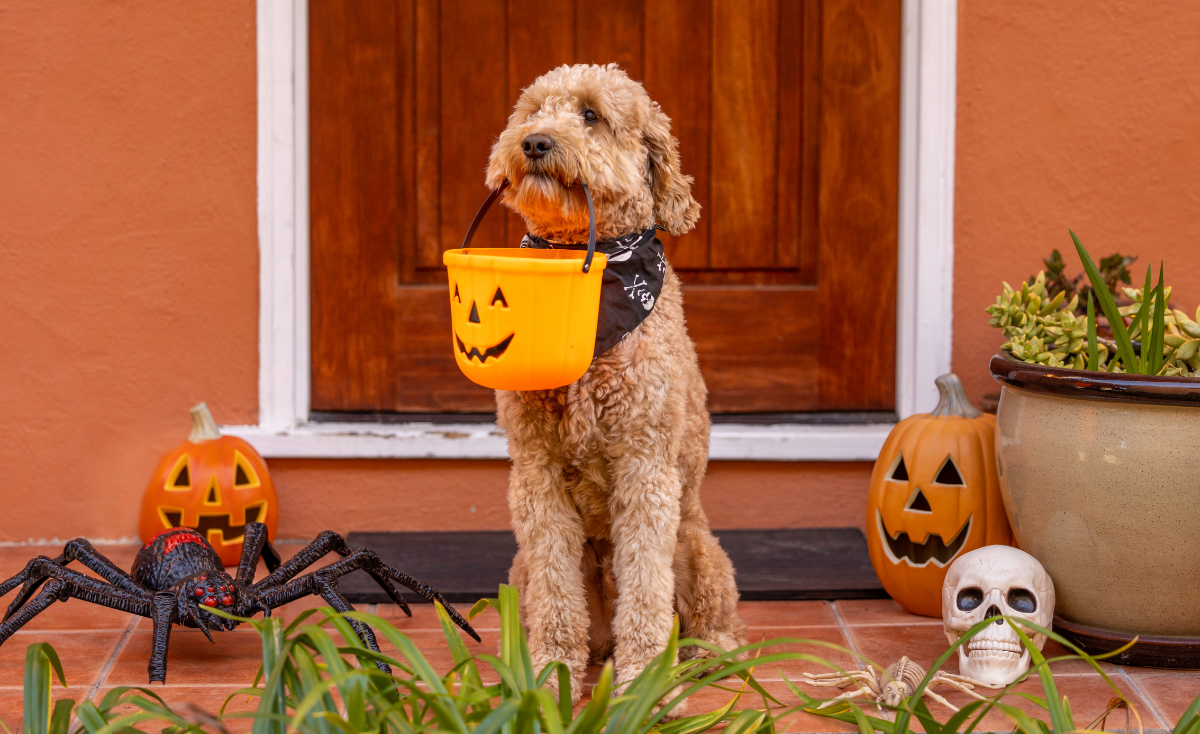
5 Pet-Friendly Halloween Events in Singapore to Celebrate with Your Furry Friends
Halloween isn’t just for humans anymore — it’s going paws up in Singapore! From spooky pet cruises and café pawties to open-air markets and costume contests, this year’s Halloween lineup is packed ...
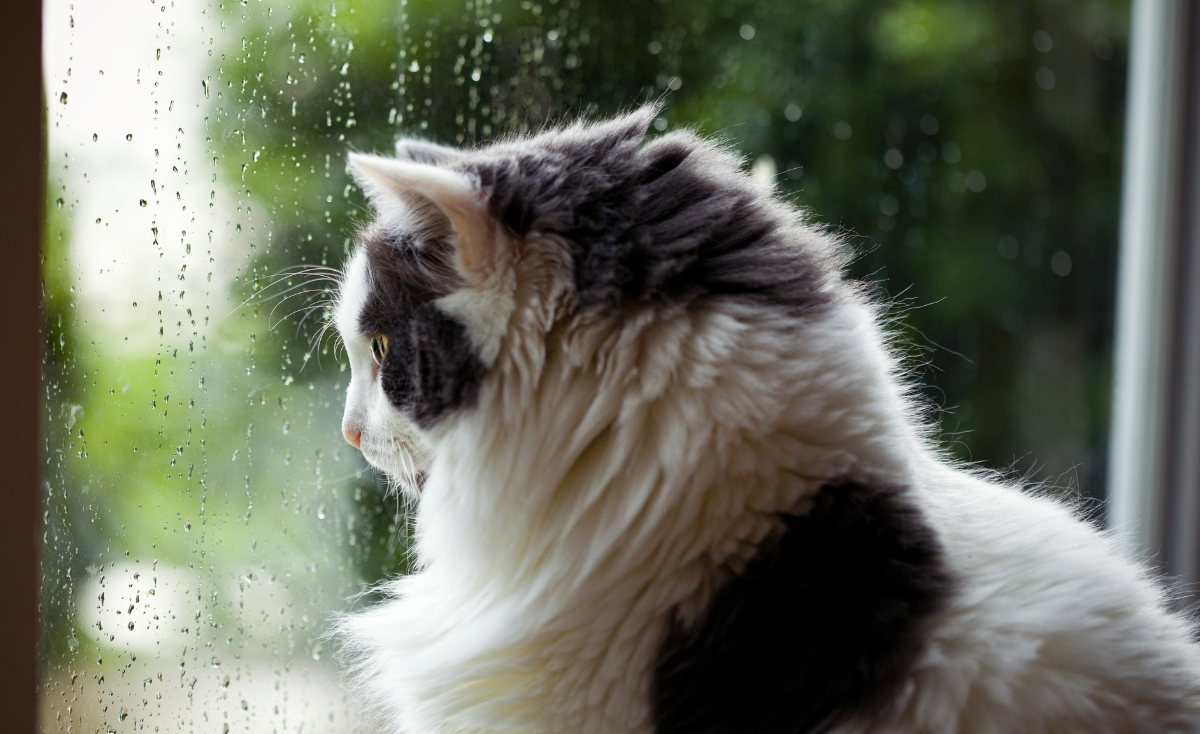
5 Ways to Protect Your Pet from Singapore’s Humidity This Rainy Season
Singapore’s rainy season is here — and while we’re enjoying the cool, cozy weather, our pets are quietly battling the sticky side of humidity. From itchy skin and smelly fur to ear infections and h...


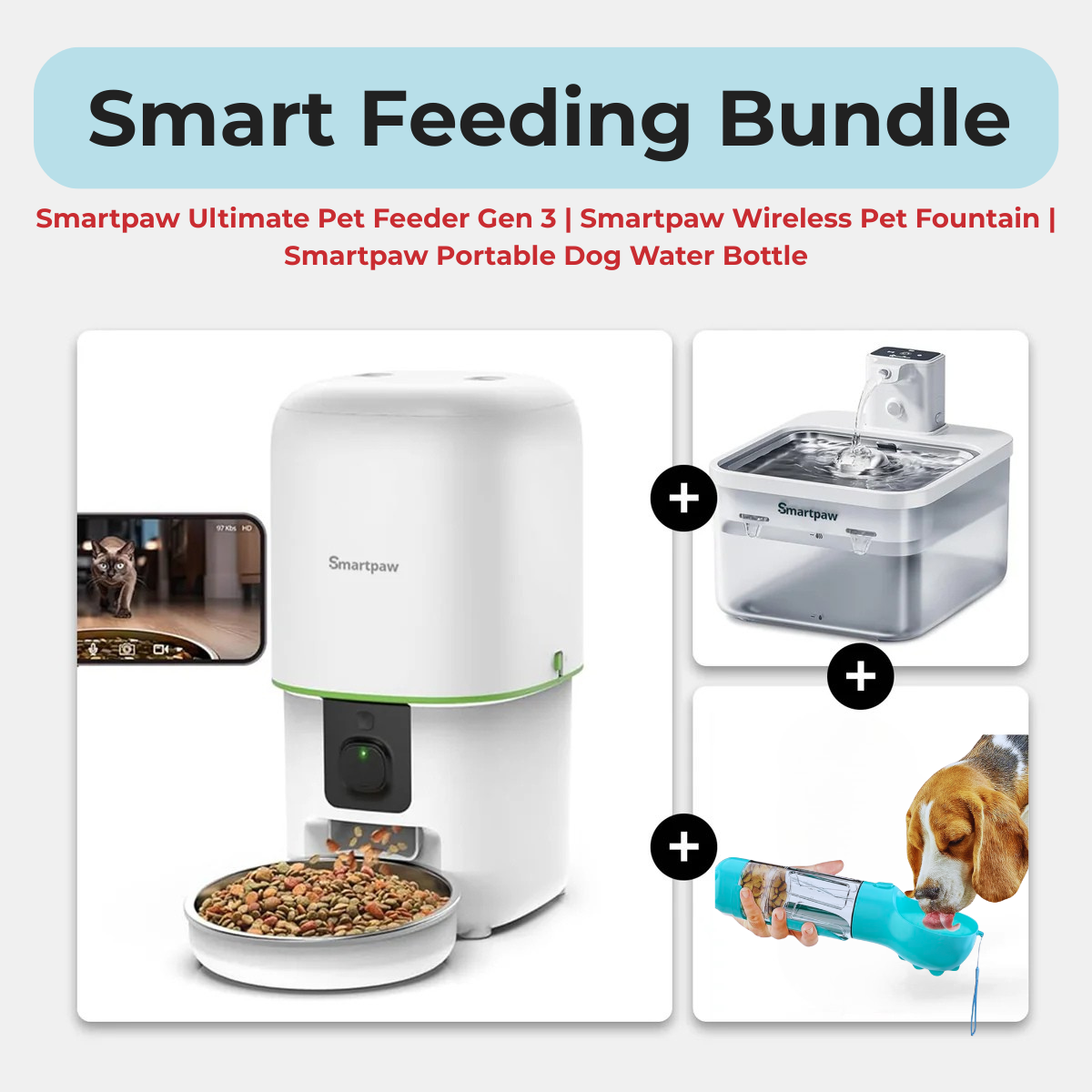
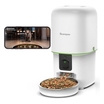
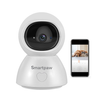

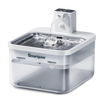

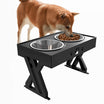
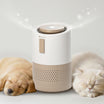
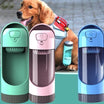

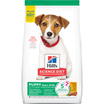

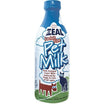
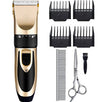
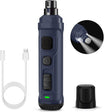
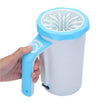
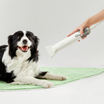
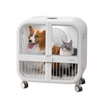
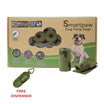
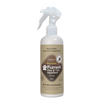
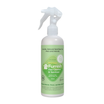
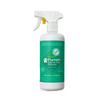
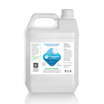
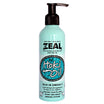
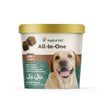

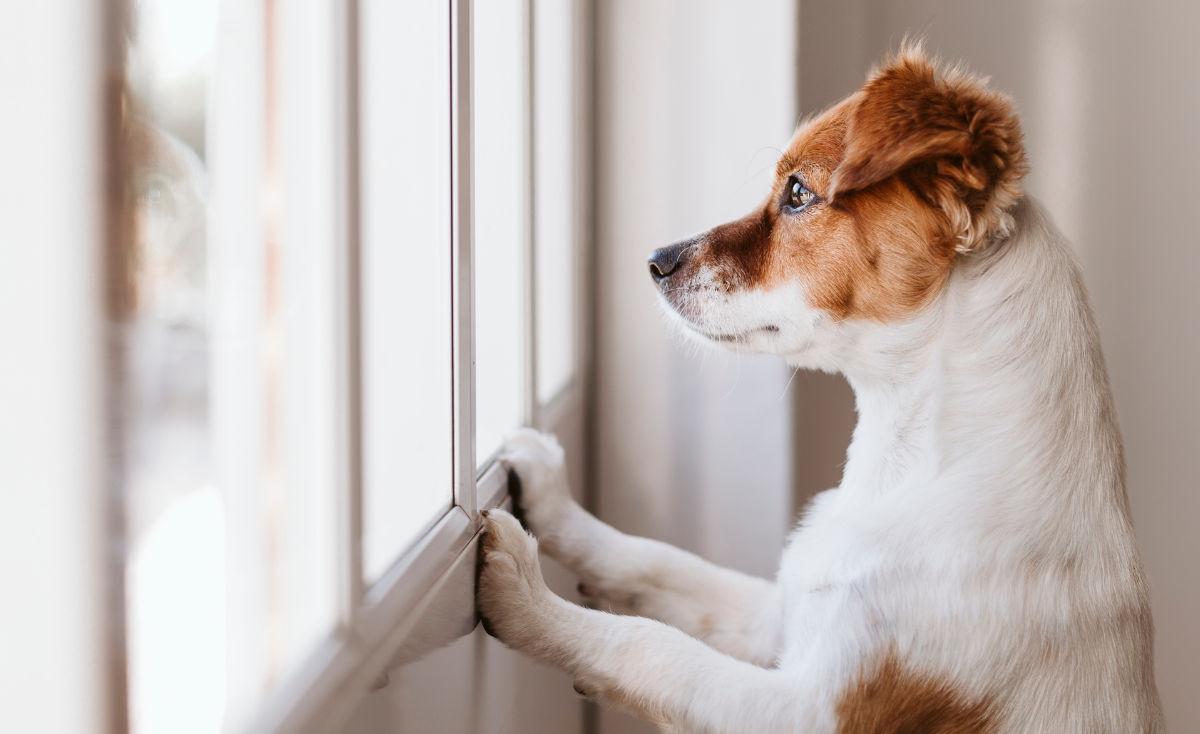
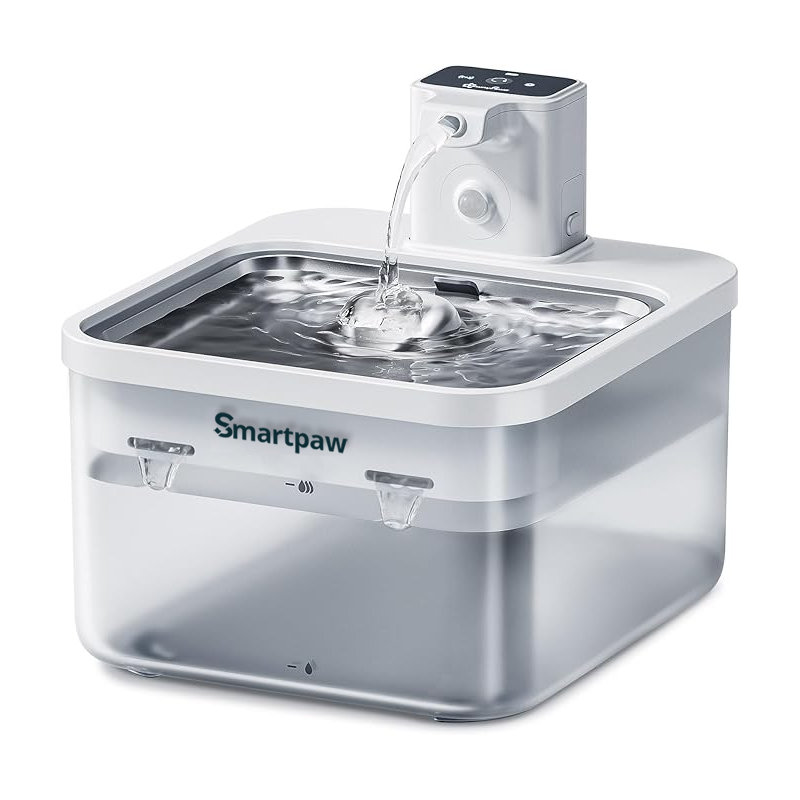
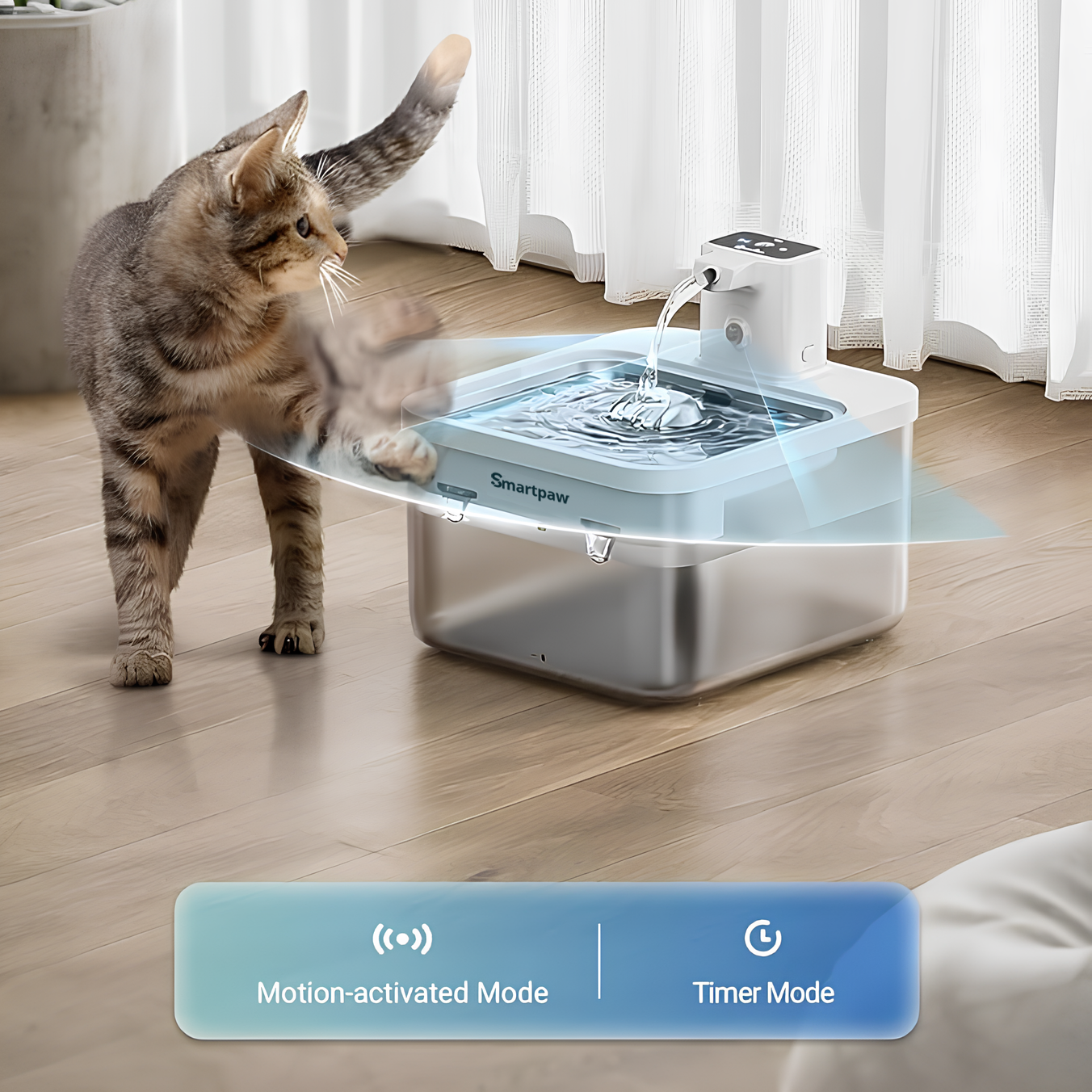
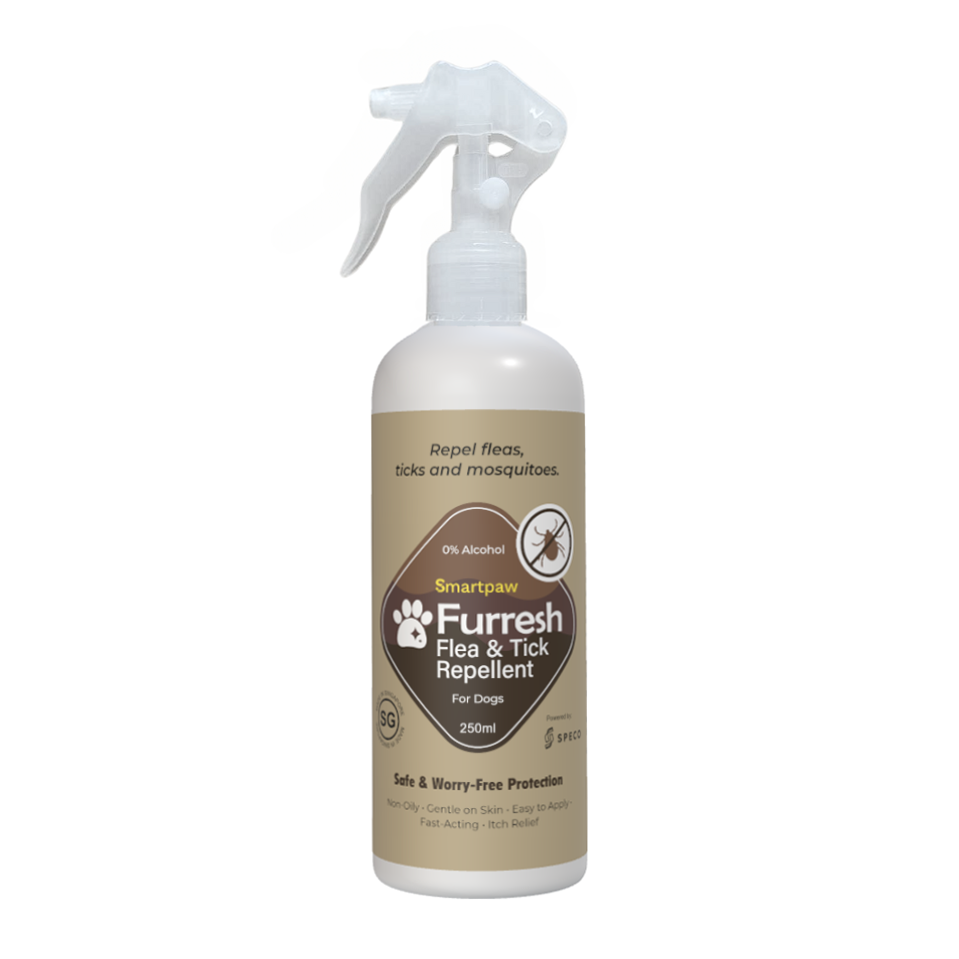

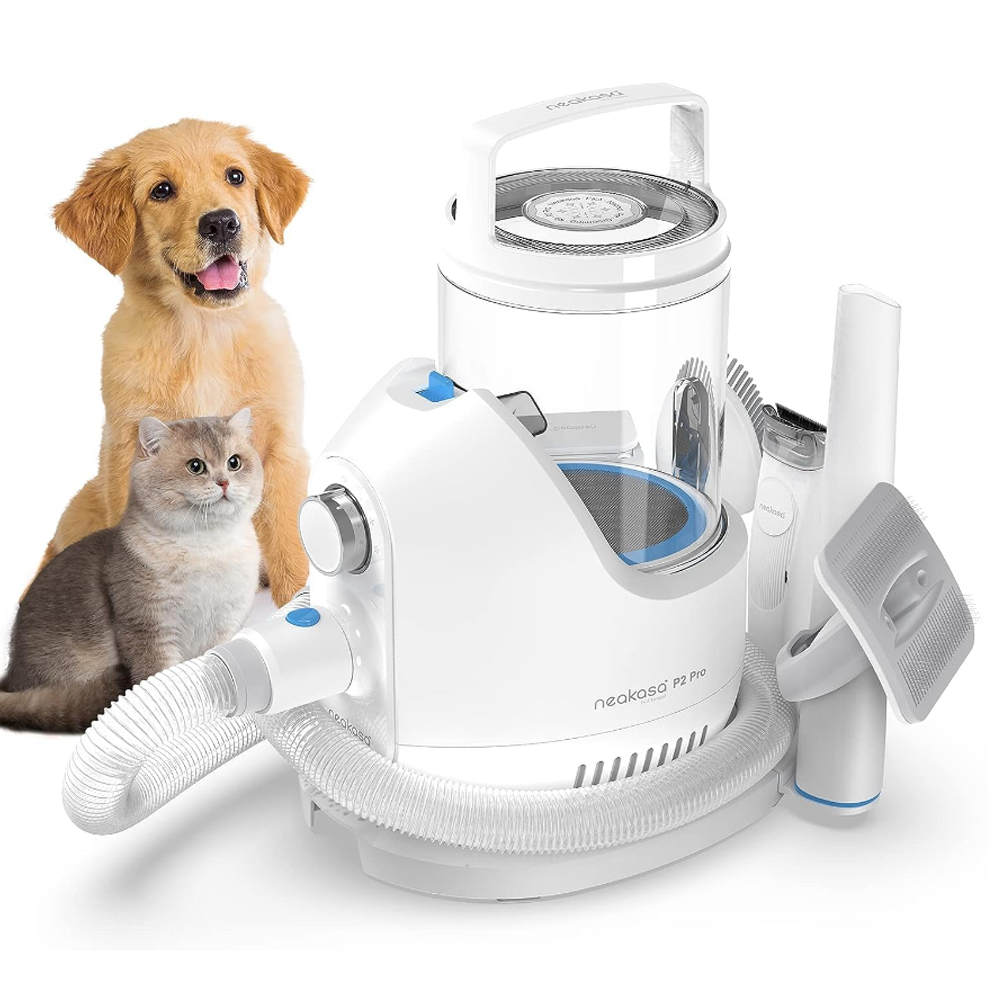
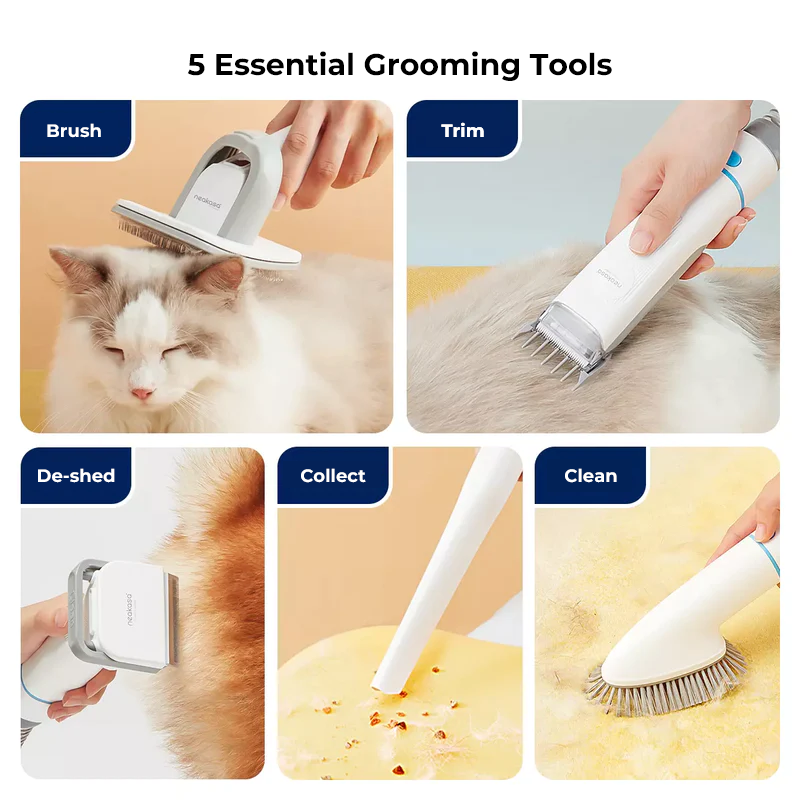
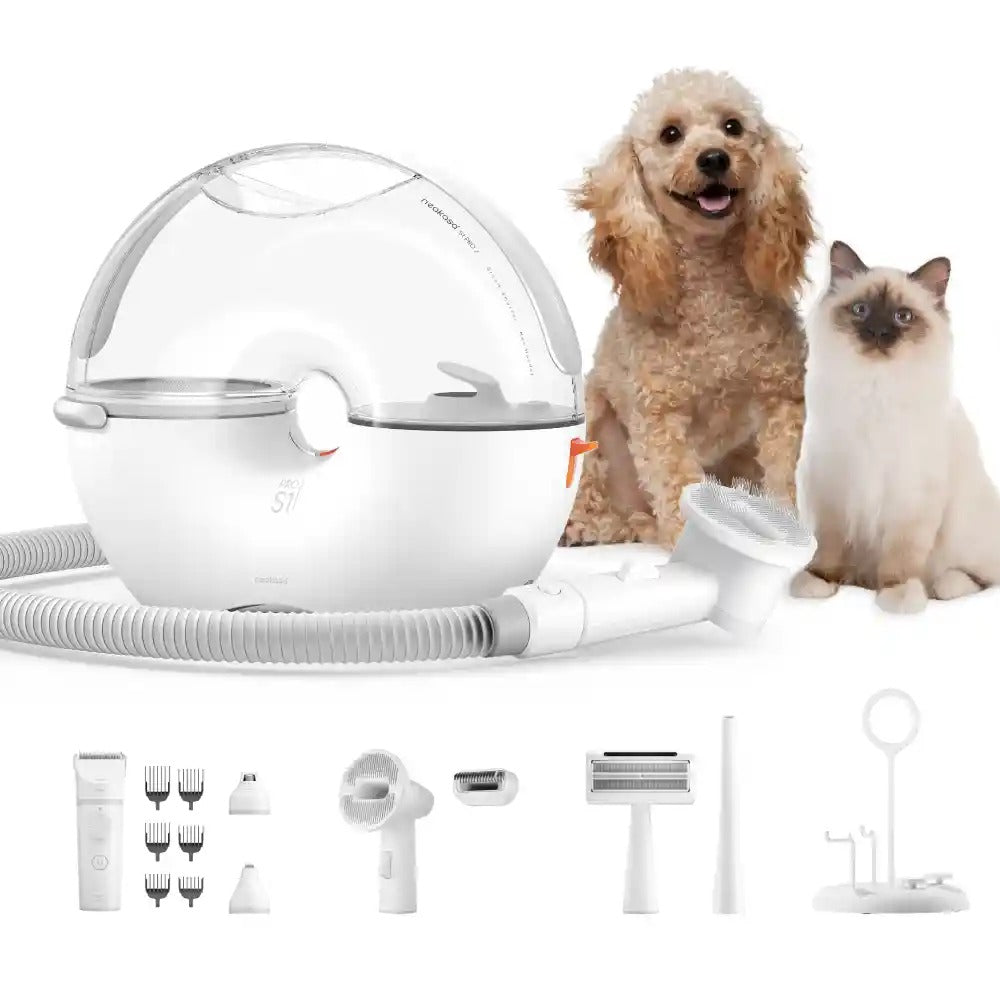
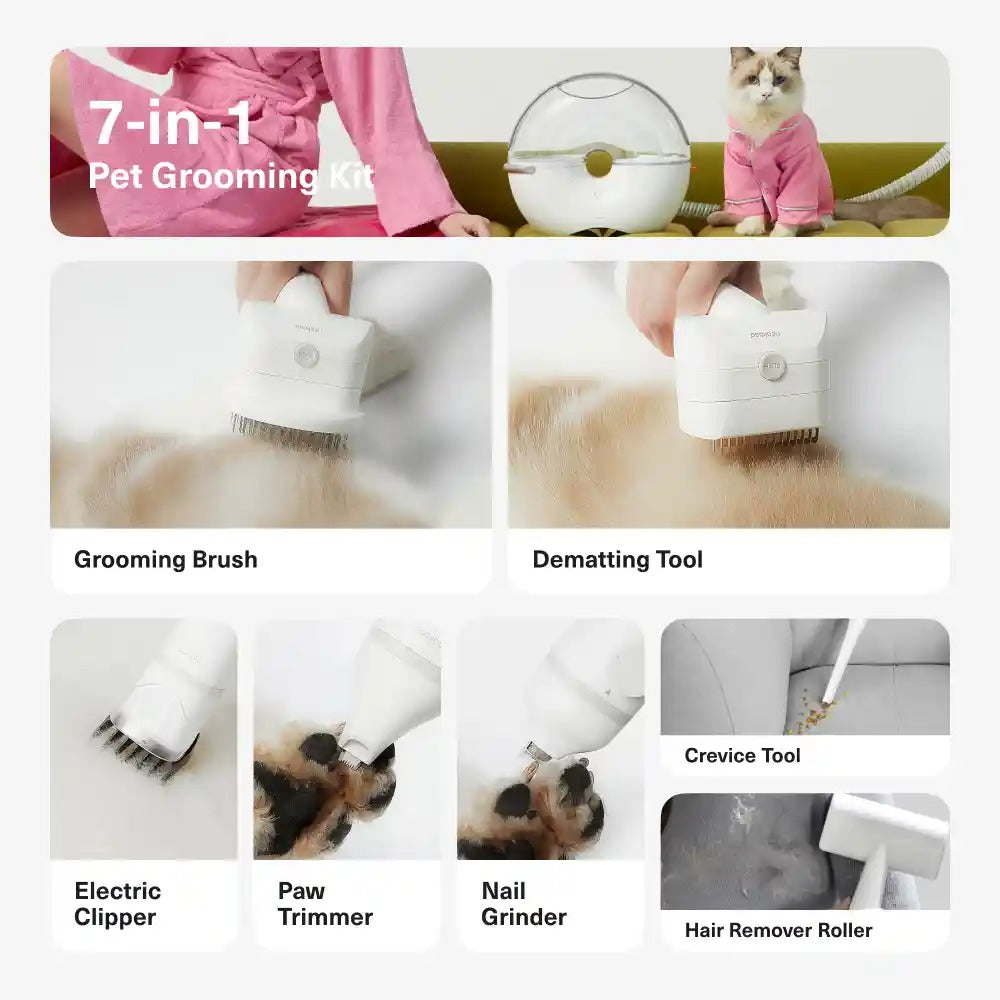




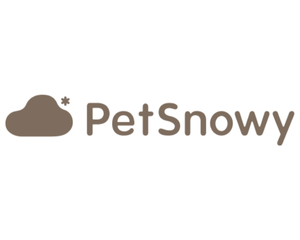










Leave a comment
All comments are moderated before being published.
This site is protected by hCaptcha and the hCaptcha Privacy Policy and Terms of Service apply.